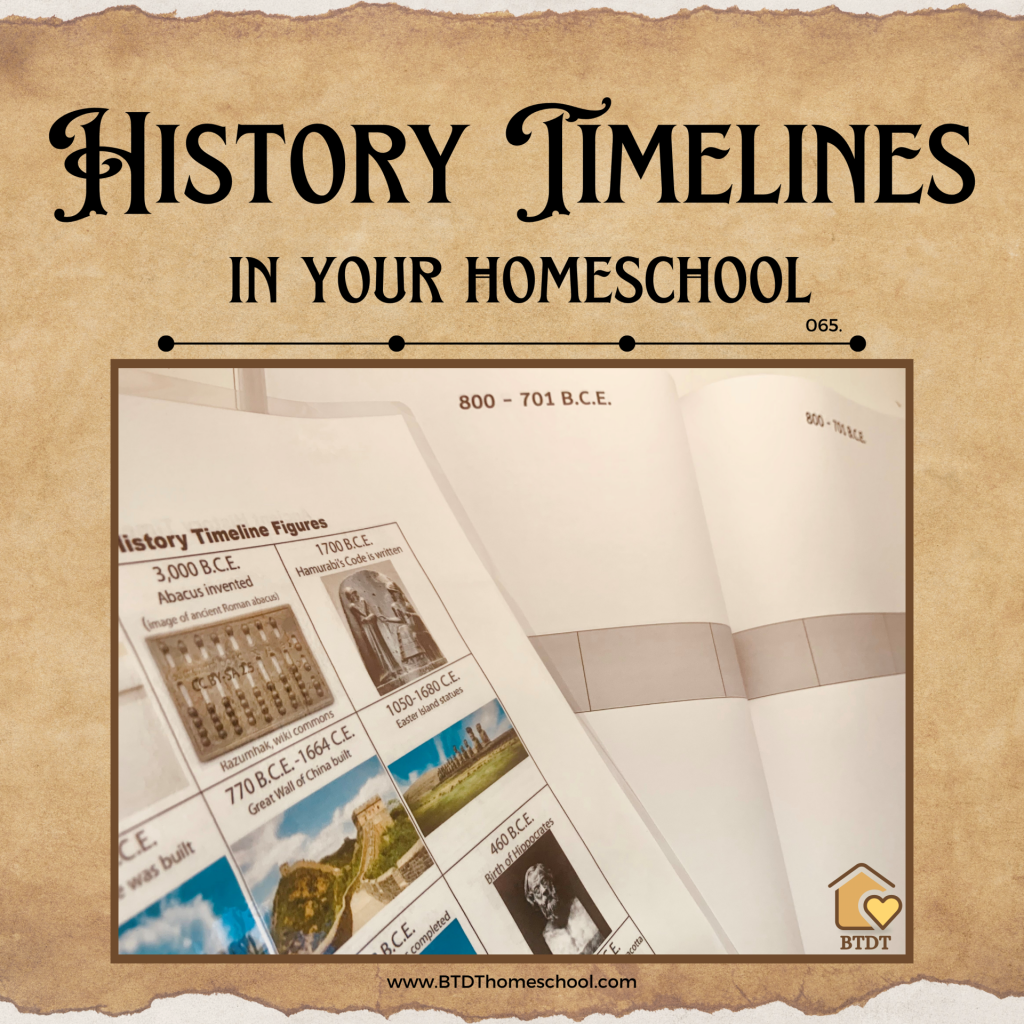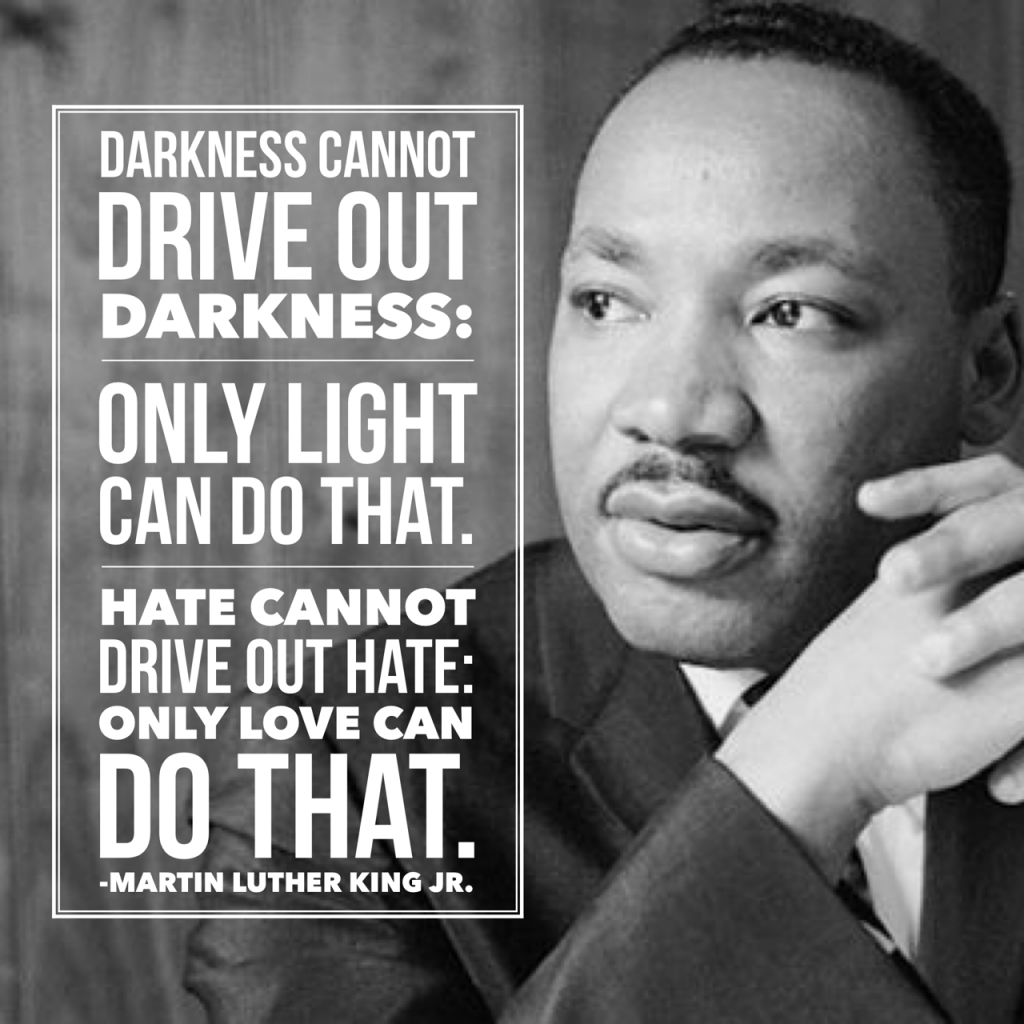
We’ve compiled simple NO-PREP activities you can do with your children to honor Dr. king’s legacy:
Watch and Discuss: Dr. King’s “I have a Dream” speech.
Watch and Discuss: BrainPOP- The Legacy of MLK.
Watch and Discuss: Crash Course US history- Civil Rights.
Books: Read and discuss books about Dr. King, his life, and the impact he made on the world.
Your Dream: Cut out clouds from construction paper and write your own DREAMs for the future on each cloud and hang them around the house.

I have a Dream Clouds
Letter: Read and discuss the letter Dr. King’s wrote while detained in the Birmingham jail.
Letter From Birmingham Jail
Coloring: Free MLK inspiring coloring pages.
https://www.doodle-art-alley.com/martin-luther-king-coloring-pages.html
Service: Take your children out into the community to donate time and efforts to a worthy cause.
National MLK Day of Service
Embracing Differences: (preK-3rd) Make a quick and simple point about embracing the ways in which humans are different and yet the same by cracking open a brown egg and a white egg to illustrate they’re basically identical on the inside. There’s a lot more complexity to this concept, of course, but it’s an easy way to introduce it to young learners.
Footprints of Inspiration: Trace your child’s feet, then have them write the small steps they can take to make the world a better place.
Poem: Write an acrostic poem about hope using the letters D-R-E-A-M.
BTDT Homeschool was created with a heartfelt mission: to empower and give back to the secular homeschool community.
Through our informative podcasts, blog posts, daily inspiration, and a wide range of free printable tools, we aim to empower you on your homeschooling journey.
New to Homeschooling>>>

Newspaper Article: Write a newspaper article about the March on Washington as if you were there.
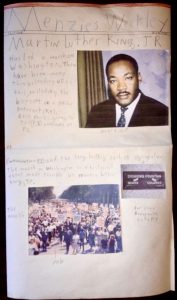
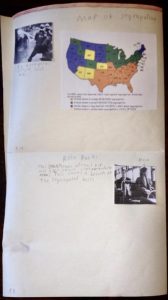
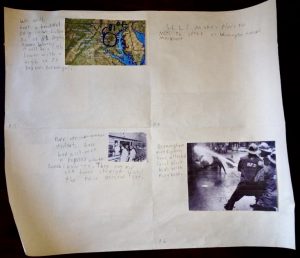
Gandhi vs. Dr. King: Write a paper or comparison chart of Mahatma Gandhi and Dr. Martin Luther King Jr.
Quotes: Free quotes from Dr. King. Print and discuss each one and what they mean. Put them up around your house.
https://www.activityvillage.co.uk/martin-luther-king-quotes
Timeline: Make a timeline of the full life and story of Martin Luther King Jr.
Visit: Visit a museum with civil rights or MLK exhibits.
View our Favorite Book list of Black History and Stories to celebrate the achievements of Black Americans:




